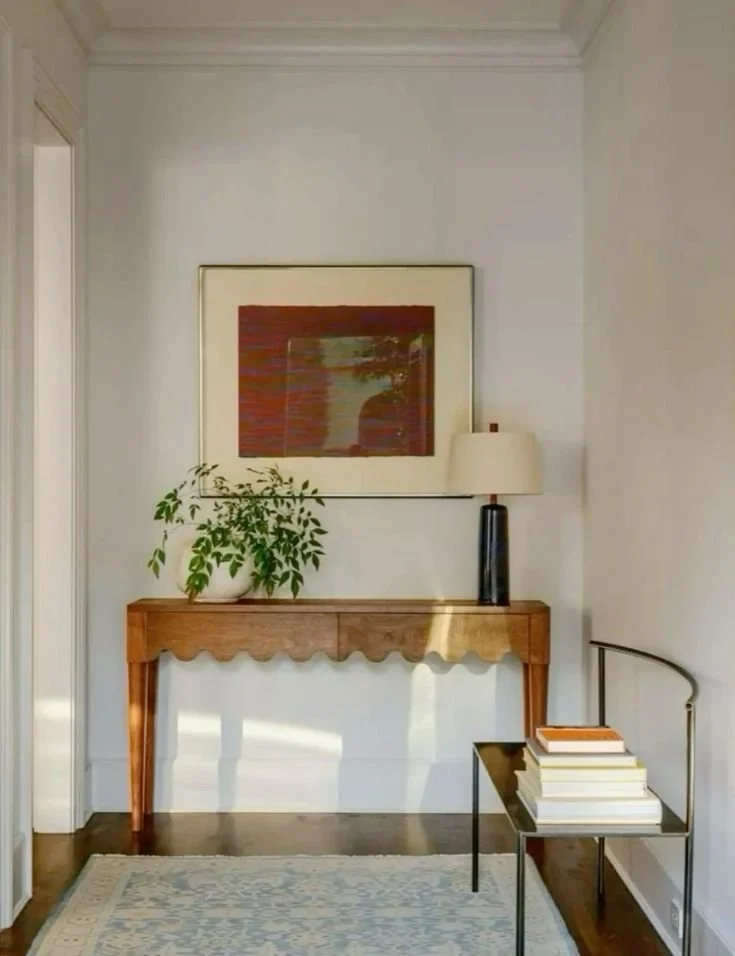When You and Your Spouse Don’t See Eye to Eye on Decluttering
Have you ever felt like you and your spouse are speaking completely different languages when it comes to clutter? One of you wants to toss everything in sight, while the other would rather close the closet door and not think about it. Sound familiar?
This is more common than you think. I recently worked with a couple where the husband wanted to throw everything away, while his wife didn’t enjoy decluttering at all—so she avoided it altogether. The result? Both felt stressed, just in different ways. For him, the clutter was overwhelming and frustrating. For her, the process of deciding what to keep or where to put things was paralyzing.
This mismatch can create tension—not just in your home, but in your relationship. Because clutter isn’t just about “stuff.” It’s about emotions, values, and even identity. One partner feels weighed down by too many things, while the other feels overwhelmed by the thought of making decisions about them.
Strategies to Try:
If this sounds like you and your spouse, here are some strategies to help bridge the gap:
Name the Stress, Not the Stuff.
Instead of pointing fingers (“You never get rid of anything!” or “You want to throw everything away!”), identify how the clutter or the process makes you feel. For example: “I feel stressed when there are piles on the counter” or “I feel anxious when I have to make decisions about items.” Naming the emotion creates understanding rather than defensiveness.
2. Divide Roles Based on Strengths.
If one of you is decisive (the “let’s toss it” type) and the other feels stuck, create a system where the decisive spouse offers options, and the other gives the final yes/no. This way, neither person carries the full burden of decision-making or the full frustration of clutter.
3. Create Neutral Zones.
Designate certain spaces as clutter-free zones (kitchen counters, the entryway, or the living room). This honors the partner who needs visual calm. Other areas—like a closet, garage corner, or a designated bin—can be the “deal with later” space for the spouse who needs more time.
4. Set a Timer Together.
Commit to short decluttering sessions—10 or 15 minutes max. This keeps the process manageable for the spouse who dislikes decluttering, while giving the other relief from clutter build-up.
5. Agree on Shared Goals.






